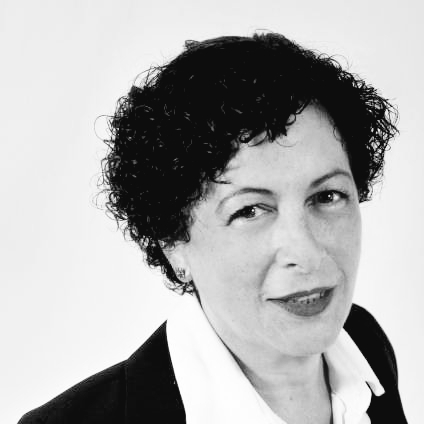This season's devastating hurricanes may have raised some red flags for property owners who are considering installing a green roof. But the experience of New York City electric utility Con Edison suggests that a well planned green roof is no more vulnerable to high winds and heavy rains than any other. Triple Pundit covered a new study of Con Ed's green roof last spring, when the weather was considerably milder, so we thought it would be interesting to catch up with them once things settled down after Hurricane Irene, which struck the city with tropical storm force winds and flooding rains late in August.
Sedum-Planted Green Roof Survives the Hurricane
First we spoke with Allan Drury at Con Ed's media office, who reminded us that the utility's green roof (located at its Learning Center in Long Island City) had been planted with sedum, a low-growing, drought tolerant plant that thrives in well drained soil. Sedum cycles through periods of retreat in dry weather, then bursts into fresh growth following a rain. However, Drury noted that the weeks leading up to the hurricane had been unusually rainy, so the sedum appeared to be flourishing just as well before and after Irene struck. Con Ed officials were unaware of any damage to the roof, but he suggested that we check in with the Columbia Engineering School, Con Ed's research partner on the green roof project.
Green Roofs Love a Good Rain, But Drainage is Key
Columbia Engineering's media office put us in touch with Tyler Carson, a PhD. candidate who has been working with lead researchers on the green roof project. Carson confirmed that the hurricane had not damaged the plants or the installation as a whole. The roof had been carefully designed with sedum's drainage-loving nature in mind. As a result, the heavy rains cleared quickly off the roof without leaving puddles that could have eventually damaged root systems. Carson noted that a great deal of new research is being conducted into soils and their drainage properties in relation to their use in green roofs.
High Winds and Green Roofs - Hey, There's an App for That!
Wind can be a concern for green roofs, especially since higher elevations are generally exposed to higher winds. Carson said that in areas where wind is a concern, green roof companies can offer a mesh covering that helps to prevent soil loss. He also mentioned that Columbia works extensively with a green roof company called Xeroflora, which like many green roof companies can provide its customers with a "wind uplift" analysis that measures its system's resistance to wind pressure.
Hurricanes and Green Roofs
If you own a green roof and have a storm-related experience you'd like to share with Triple Pundit readers, feel free to post it in the comments section. In the mean time, the takeaway from Con Edison's experience is that prospective green roof owners don't need to shy away if they live in a storm-prone area, but they should discuss drainage and wind resistance with their installer.
Con Edison, Green Roofs and Beyond
Triple Pundit has focused on Con Ed's green roof a couple of times now, and it should be noted that the installation is only one element in an extensive conservation and greenhouse gas reduction program. Last week, Con Ed announced that it had ranked first among S&P 500 utilities in the Carbon Disclosure Project this year, and it was the only S&P 500 utility to make the Carbon Performance Leadership Index.
Image credit: Green roof courtesy of Con Edison.
Twitter: @TinaMCasey

Tina writes frequently for TriplePundit and other websites, with a focus on military, government and corporate sustainability, clean tech research and emerging energy technologies. She is a former Deputy Director of Public Affairs of the New York City Department of Environmental Protection, and author of books and articles on recycling and other conservation themes.














